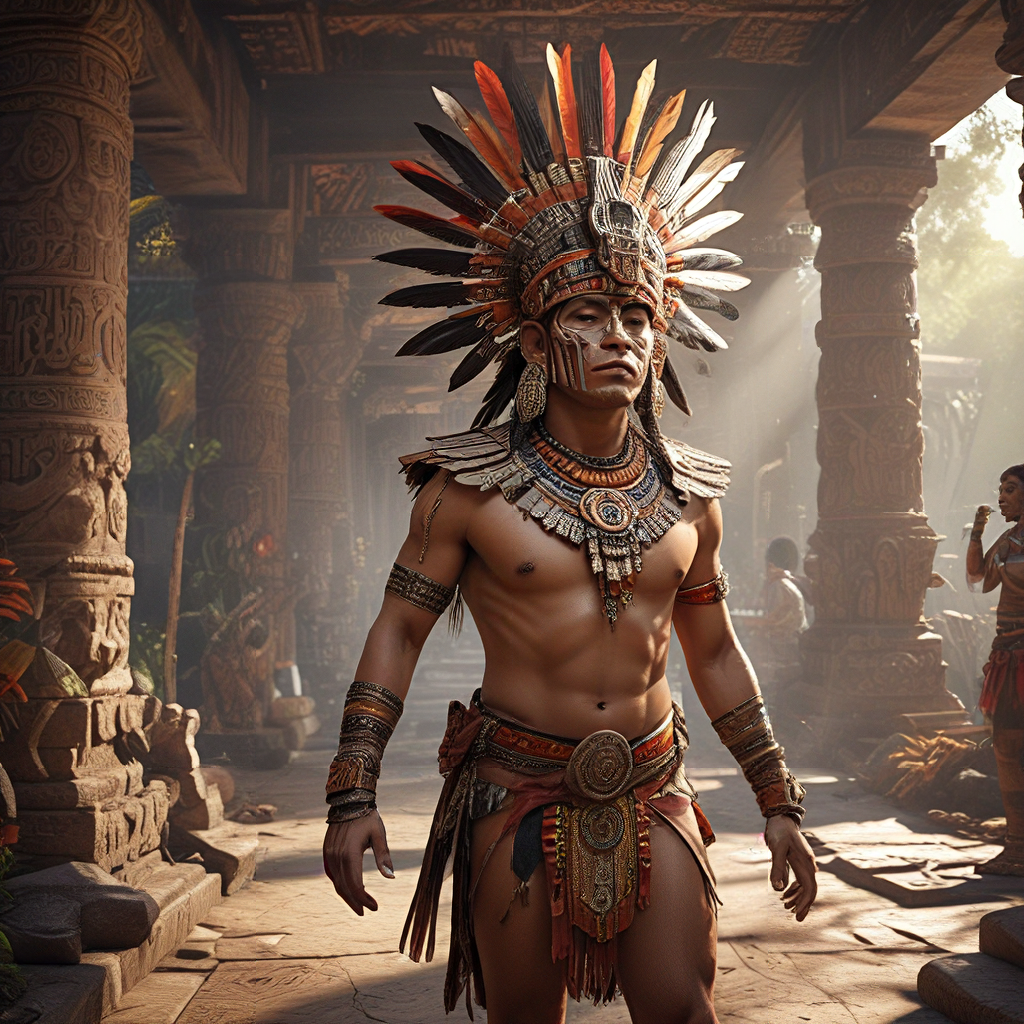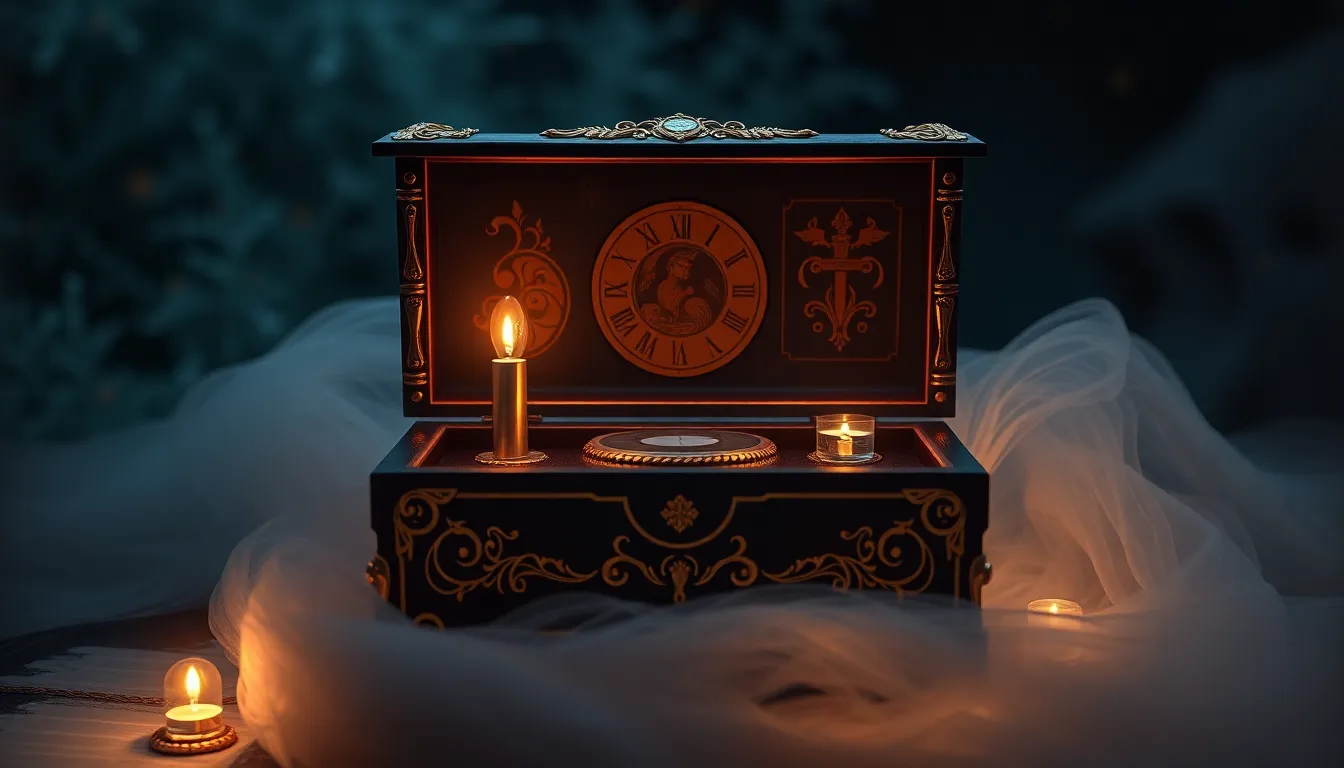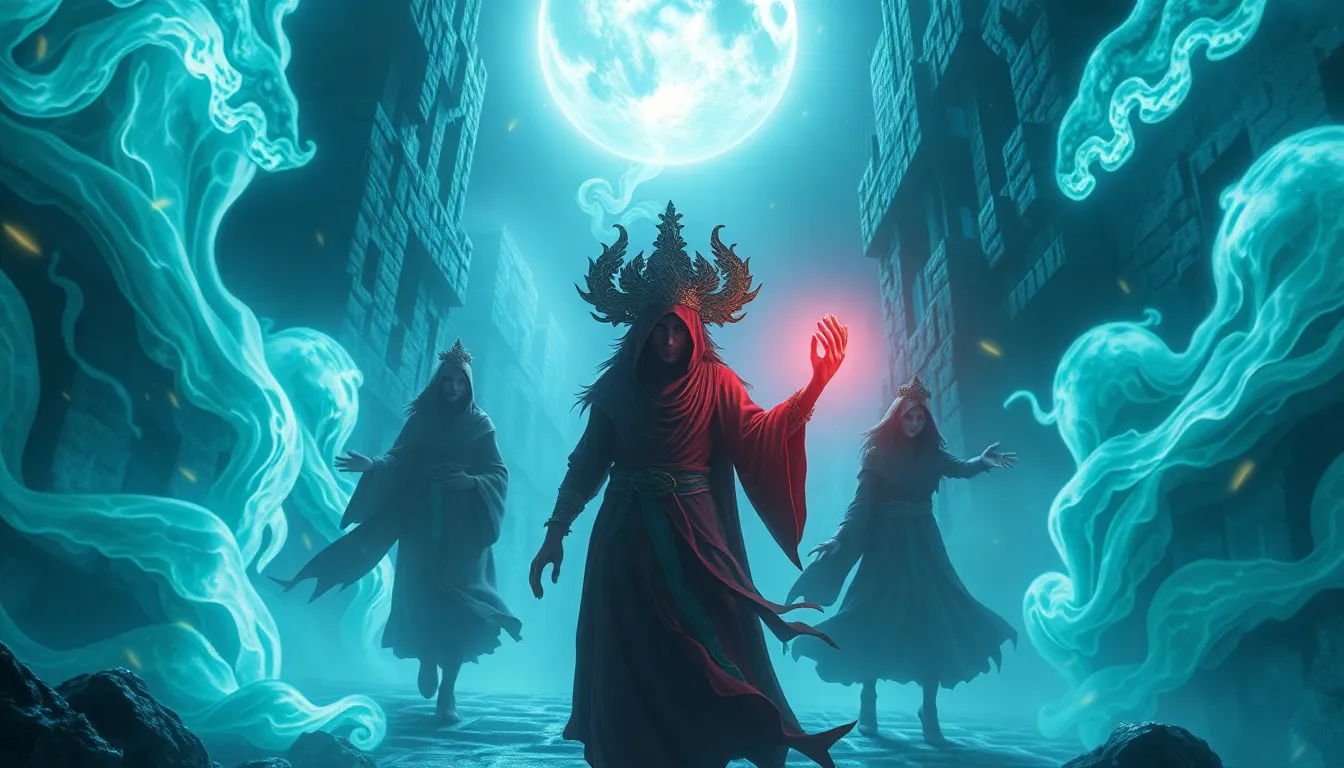Aztec Cosmology and the Divine
The Aztec civilization, known for its advanced culture and complex society, possessed a rich and intricate mythology that shaped their worldview and daily life. Their understanding of the universe was deeply intertwined with a belief in a vast pantheon of deities who governed every aspect of existence, from the sun and moon to rain, fertility, and war.
The Creation Myth and the Five Suns
The Aztec creation myth tells the story of the five suns, each representing a different era in the history of the world. Each sun was created by the gods, but each era ended in destruction. The current era, the Fifth Sun, was created by the god Tonatiuh (the sun god), who sacrificed himself to keep the world alive. This sacrifice marked the beginning of the Aztec calendar and the importance of human sacrifice in their religious practices.
The cyclical nature of time and the importance of sacrifice are central themes in Aztec mythology. The belief in the five suns illustrates the Aztec belief that the world is constantly in motion, that the gods are constantly at work, and that human beings play a vital role in maintaining the cosmic balance.
The Aztec Pantheon: Major Deities and Their Roles
The Aztec pantheon included a vast array of deities, each representing a different aspect of the natural world and human life. Some of the most important Aztec deities include:
- Huitzilopochtli: The god of war, sun, and sacrifice. He was the patron deity of the Aztecs and is often depicted as a warrior adorned with feathers and a hummingbird.
- Tlaloc: The god of rain, lightning, and agriculture. He was a powerful deity who controlled the water cycle and was essential for the survival of the Aztec people.
- Quetzalcoatl: The god of wind, dawn, and knowledge. He was associated with the planet Venus and played a significant role in the creation myth.
- Tezcatlipoca: The god of night, magic, and the north. He was a trickster figure and often represented chaos and destruction.
- Xochipilli: The god of flowers, music, and beauty. He was associated with youth, pleasure, and love.
Each deity had its own specific rituals, offerings, and symbols, reflecting their unique powers and influence. The Aztec people believed that by understanding the roles of the different deities and honoring them through rituals and ceremonies, they could influence the course of events and appease the gods.
Rituals and Ceremonies in Aztec Life
Rituals and ceremonies played a central role in Aztec society, shaping everything from everyday life to major events like festivals and wars. The Aztecs viewed rituals as a way to connect with the divine, maintain order in the cosmos, and ensure the well-being of their community.
The Importance of Ritual in Aztec Society
For the Aztecs, ritual was not just a religious practice; it was a fundamental aspect of their culture. It provided a framework for understanding the world, interacting with the gods, and unifying the community. Rituals were performed in a variety of settings, including temples, homes, and public spaces, and involved a range of activities, such as chanting, dancing, offerings, and, most notably, human sacrifice.
Major Ritual Cycles: The Calendar Round and the 52-Year Cycle
The Aztec calendar was a complex system that incorporated two cycles: the 365-day solar year (Xiuhpohualli) and the 260-day ritual year (Tonalpohualli). The combination of these two cycles created a 52-year cycle, which represented a complete cycle of time. Each of these cycles was marked by specific rituals and festivals, which celebrated the different deities and their roles in the cosmos.
Sun Stone: Symbol of Time and Sacrifice
The Aztec Sun Stone, also known as the Calendar Stone, is a massive stone carving that depicts the Aztec calendar system and the cycle of time. The outer ring of the stone represents the four suns of the previous eras, while the central figure represents the Fifth Sun and the god Tonatiuh. The Sun Stone serves as a reminder of the cyclical nature of time and the sacrifices that are needed to maintain the world.
The Sun Stone is a powerful symbol that represents the Aztec worldview and its emphasis on time, sacrifice, and the cyclical nature of existence. It stands as a testament to the complex and sophisticated religious practices of the Aztec civilization.
Sacrifice in Aztec Religion
Human sacrifice was a controversial and complex practice in Aztec religion. It was believed to be essential for maintaining the cosmic balance, ensuring the sun's continued journey across the sky, and providing nourishment for the gods. While today it is widely condemned as a brutal and barbaric practice, it is crucial to understand the Aztec perspective on sacrifice and its place within their complex religious system.
Human Sacrifice: A Controversial Practice
The Aztecs believed that the gods demanded human blood to sustain their power and ensure the continued existence of the world. This practice was not done lightly. It was seen as a sacred duty and a high honor for the chosen individual. Often, prisoners of war, criminals, or even volunteers would be selected for sacrifice. These individuals were meticulously prepared for their final journey, receiving special treatment and participating in elaborate ceremonies.
Interpretations of Aztec Sacrifice: Theories and Debates
Scholars have offered various interpretations of Aztec sacrifice, ranging from a purely barbaric act to a complex socio-religious ritual. Some theories argue that sacrifice was a way to control the population, maintain social order, or demonstrate power. Others suggest it was a form of appeasement to appease the gods and ensure prosperity.
A commonly held view among scholars is that human sacrifice was not just about death; it was about rebirth and transformation. The sacrificed individual was believed to become a conduit between the human and divine realms, offering their life force as a gift to the gods. This act was seen as a necessary offering to maintain the balance of the cosmos and ensure the continuity of life.
The Role of Sacrifice in Maintaining the Cosmos
The Aztec belief system viewed the universe as a delicate balance between life and death, order and chaos. Human sacrifice was seen as a critical component in maintaining this balance. By offering human blood to the gods, the Aztecs believed they were fulfilling a sacred obligation and ensuring the continued functioning of the cosmos.
The sun's daily journey across the sky was seen as a vital source of life and energy. To ensure this cycle continued, the Aztecs performed rituals to strengthen the sun god, Huitzilopochtli. Human sacrifice was particularly important in these rituals, as it was believed to provide the sun god with the energy needed to continue his journey.
Ceremonies of the Gods
The Aztec calendar year was filled with numerous festivals and ceremonies honoring specific deities. These events were elaborate celebrations that included music, dance, feasting, and offerings, and they provided opportunities for the community to come together and celebrate their faith.
Ceremony of the New Fire
The Ceremony of the New Fire was a major ritual performed every 52 years, marking the end of one cycle and the beginning of a new one. During this ceremony, the priests would extinguish all fires in the city, symbolizing the end of the old era. Then, through a complex ritual involving human sacrifice, a new fire would be kindled, representing the rebirth of the world.
This ceremony was a symbol of renewal and hope. It reminded the people of their reliance on the gods and the importance of maintaining a sacred relationship with the divine.
The Feast of the Dead (Día de Muertos)
The Feast of the Dead, celebrated in late October and early November, was a time to honor and remember the deceased. This festival, still celebrated in Mexico today, involved elaborate decorations, offerings of food and drink, and rituals to guide the spirits of the deceased back to the land of the living.
The Aztecs believed that the dead would return to the land of the living for a short time during this festival. They would set up altars in their homes, adorned with symbols and offerings that represented the deceased, to welcome their return.
The Aztec Worldview and the Afterlife
The Aztecs believed that death was not the end but a transition to another realm. Their worldview encompassed a complex understanding of the afterlife, with different destinations based on how an individual lived and died.
The Concept of Tlalocan, the Land of the Rain God
Tlalocan was a paradise-like realm ruled by the rain god, Tlaloc. It was believed to be a lush and fertile place, with abundant rainfall and food. People who died from natural causes, such as lightning, disease, or drowning, were believed to go to Tlalocan.
The Aztec Underworld and the Journey of the Dead
The Aztec underworld, known as Mictlan, was a dark and challenging place. It was ruled by the goddess Mictecacihuatl, the lady of death. Those who died in battle, childbirth, or by sacrifice were believed to journey to Mictlan, facing a series of trials and challenges before reaching the final resting place.
The Importance of Dreams and Visions in Aztec Religion
Dreams and visions played a significant role in Aztec religion. They were believed to be messages from the gods, offering guidance, warnings, or insights into the future. The Aztecs were skilled in interpreting dreams and using them to make decisions, navigate difficult situations, and connect with the spiritual realm.
FAQ
Q: What is the most important aspect of Aztec mythology?
A: The central theme of Aztec mythology is the importance of maintaining balance in the cosmos. This involves honoring the gods through rituals, offering sacrifices, and living a life in harmony with the natural world.
Q: What was the role of sacrifice in Aztec society?
A: Human sacrifice was a central part of Aztec religious practices. The Aztecs believed that sacrificing individuals would provide sustenance for the gods, maintain the balance of the cosmos, and ensure the sun's continued journey across the sky.
Q: What does the Sun Stone symbolize?
A: The Aztec Sun Stone is a powerful symbol representing the cycle of time, the importance of sacrifice, and the Aztec belief in the five suns.
Q: What is Tlalocan?
A: Tlalocan is the paradise-like realm ruled by the rain god, Tlaloc. It is a place of abundance and prosperity, where those who died from natural causes are believed to reside.
Q: What is Mictlan?
A: Mictlan is the Aztec underworld, ruled by the goddess Mictecacihuatl. It is a challenging realm where those who died in battle, childbirth, or by sacrifice must face trials and challenges to reach their final resting place.
Q: How did dreams and visions play a role in Aztec religion?
A: Dreams and visions held great importance in Aztec religion. They were believed to be messages from the gods, offering guidance, warnings, or insights into the future.



